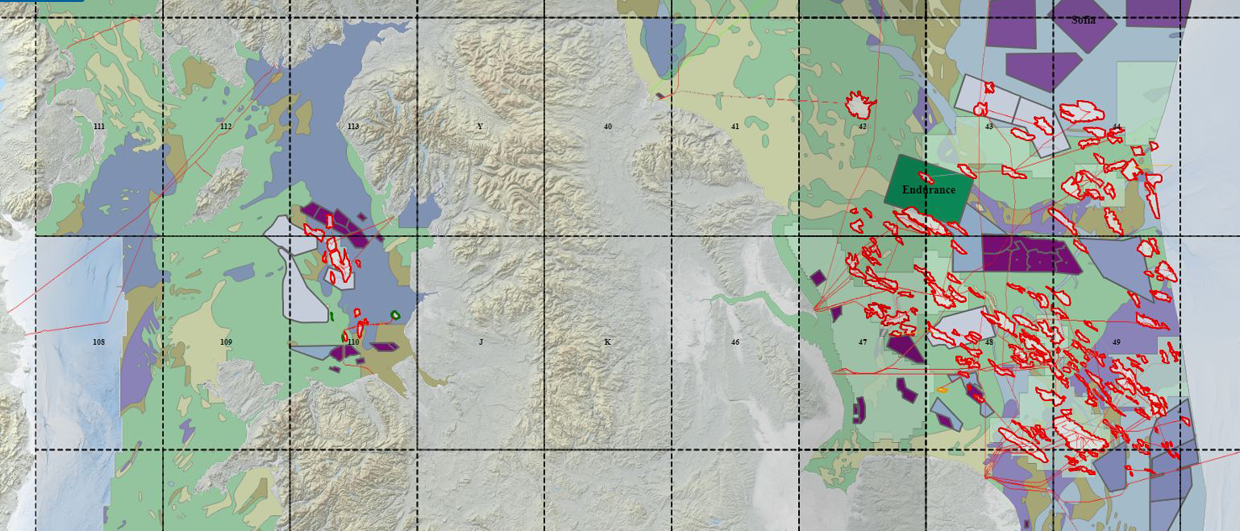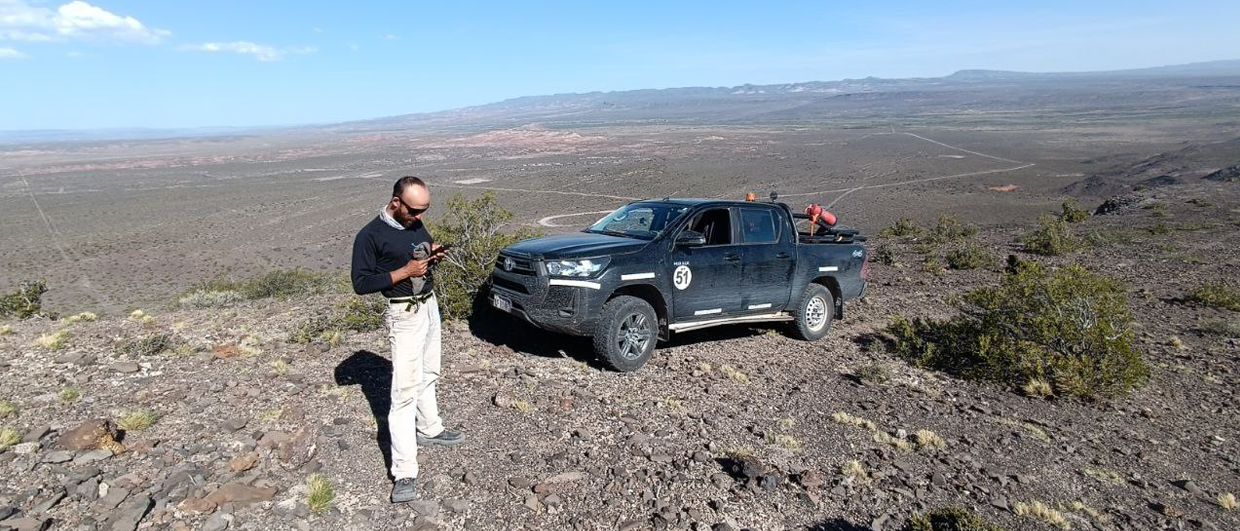The need for good quality data is self-evident – oil and gas exploration continue, at least for the moment, wind farms must be securely, and economically sited, potential carbon and nuclear waste storage sites fully understood. Inevitably, the cost of new data acquisition in financial, time and environmental terms has encouraged the re-use of existing datasets.
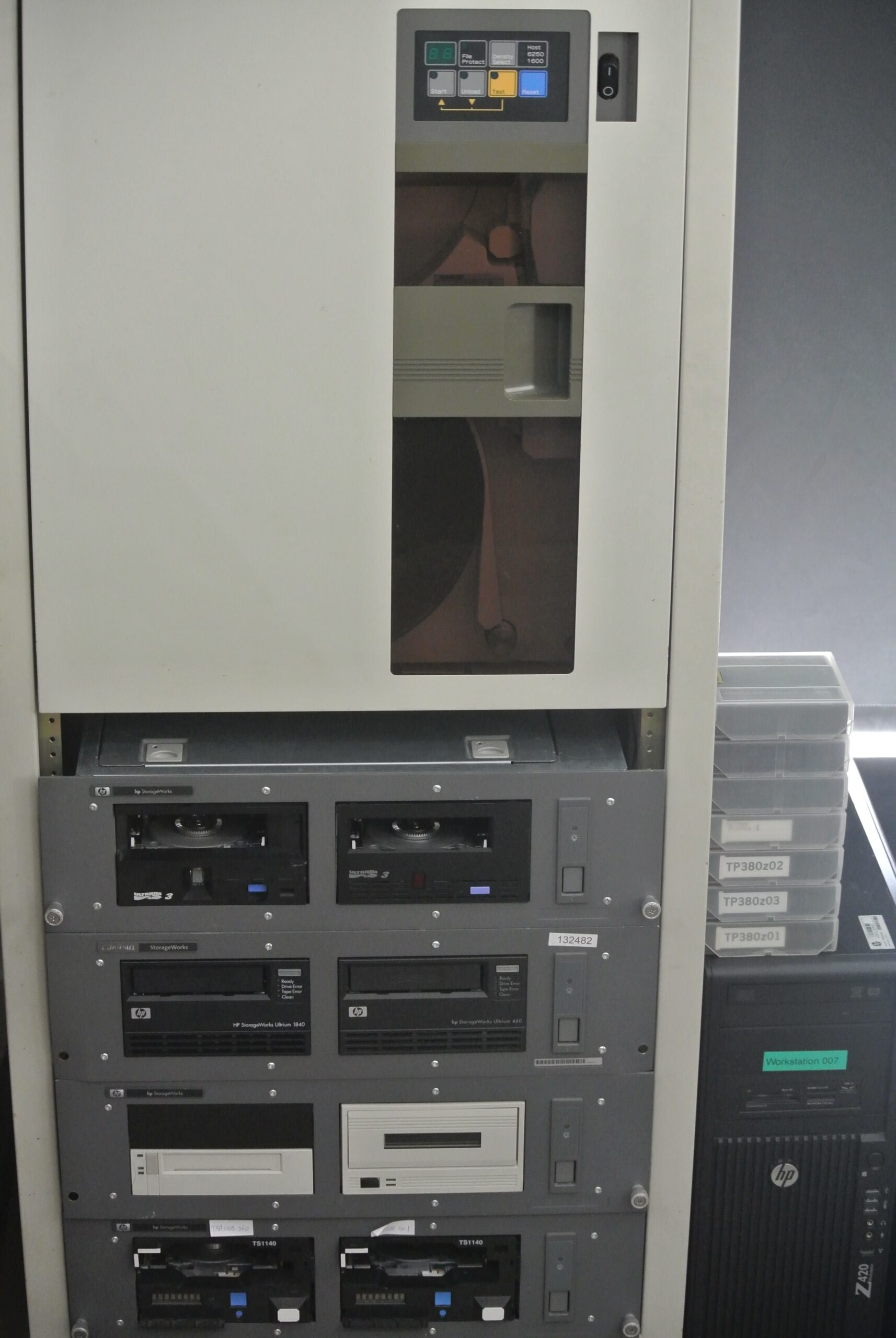
Access to legacy data received a major boost in 2021 when the UK North Sea Transition Authority (NSTA) awarded contracts to build and populate a revised, cloud-based version of their National Data Repository (NDR) for seismic and well data. The NSTA’s aim was clear; to stimulate collaboration within the UKCS through the reporting of both legacy and current seismic and well data in a cloud-based, high quality and easily accessible data resource.
The project replaced an existing NDR run by Common Data Access Limited, built upon the service they had operated in various guises for over 20 years.
Cloud-based subsurface data management company Osokey was awarded the contract to develop the NDR cloud environment and online solution, with close collaborators Moveout Data responsible for all media-based seismic data handling, conditioning, and quality control. Andy Thompson, NDR Manager at the NSTA, is pleased with the choice. “We knew combining flexibility and speed of response with a high-quality service was going to be key, and the Osokey/Moveout bid showed a clear focus on being able to quickly cater for many differing scenarios. I am happy to say this has been borne out in practice.”
Although the NDR’s oldest data originates in the ‘70s, the bulk comes from the past 20 years or so, and UKCS operators are legally obliged to make this available to the NSTA on request as part of their licence conditions. The NSTA requires seismic data to be reported at a licence event, such as transfer of an asset, or when another NDR user request is validated. In addition, new reporting regulations introduced by the Energy Act 2016 require seismic surveys shot since 2018 to be uploaded in full to the NDR as a matter of course.
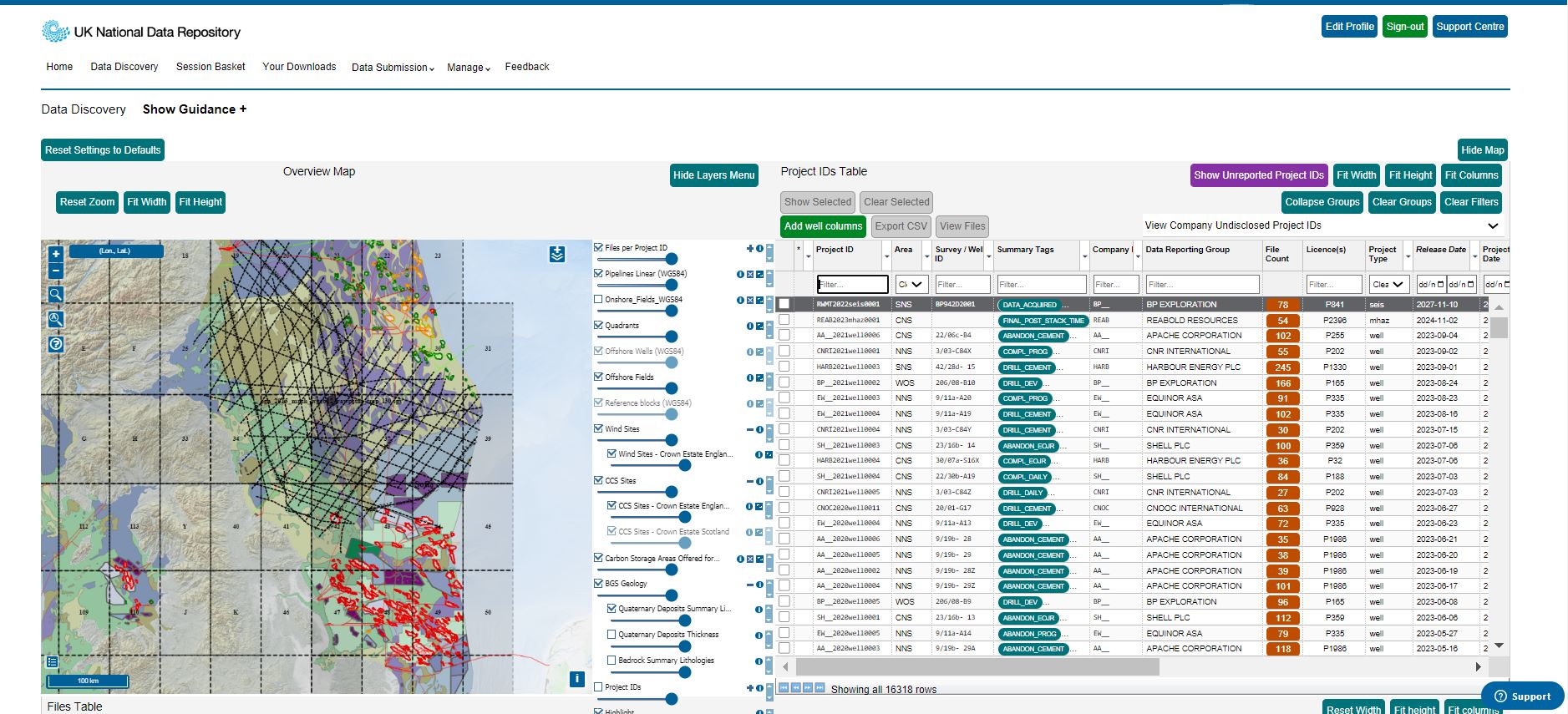

This means legacy data is being presented for NDR upload in a variety of formats, media types and states of completeness, and is required to meet defined reporting standards to ensure data in the NDR is of consistent quality. From the outset, Moveout was confident it could meet this challenge. “Moveout has been built around Metaseis, our own in-house software, designed with ultimate flexibility to handle and repair any formatting and quality issues with seismic data,” says Moveout Data’s managing director, Darren McDonald. “Our team of geophysicists can react quickly to rectify the trickiest of data inconsistencies. One example that stays with me is a client which had seismic but no navigation data. We reverse engineered a pseudo P1/90 file and nav-merged it. While not perfect, it was certainly good enough to meet most needs, and rescued a significant amount of otherwise valueless data.”
McDonald values the relationship with Osokey. “We knew that in Osokey we had a very responsive technology lead – one which could react to the data challenges we knew we would encounter. And we were not wrong, on either count.” Founded in 2014, Moveout has developed an expert team with over 300 years’ experience. Now established leaders in data preservation, Moveout specialises in the audit, analysis, and remastering of geoscience data.
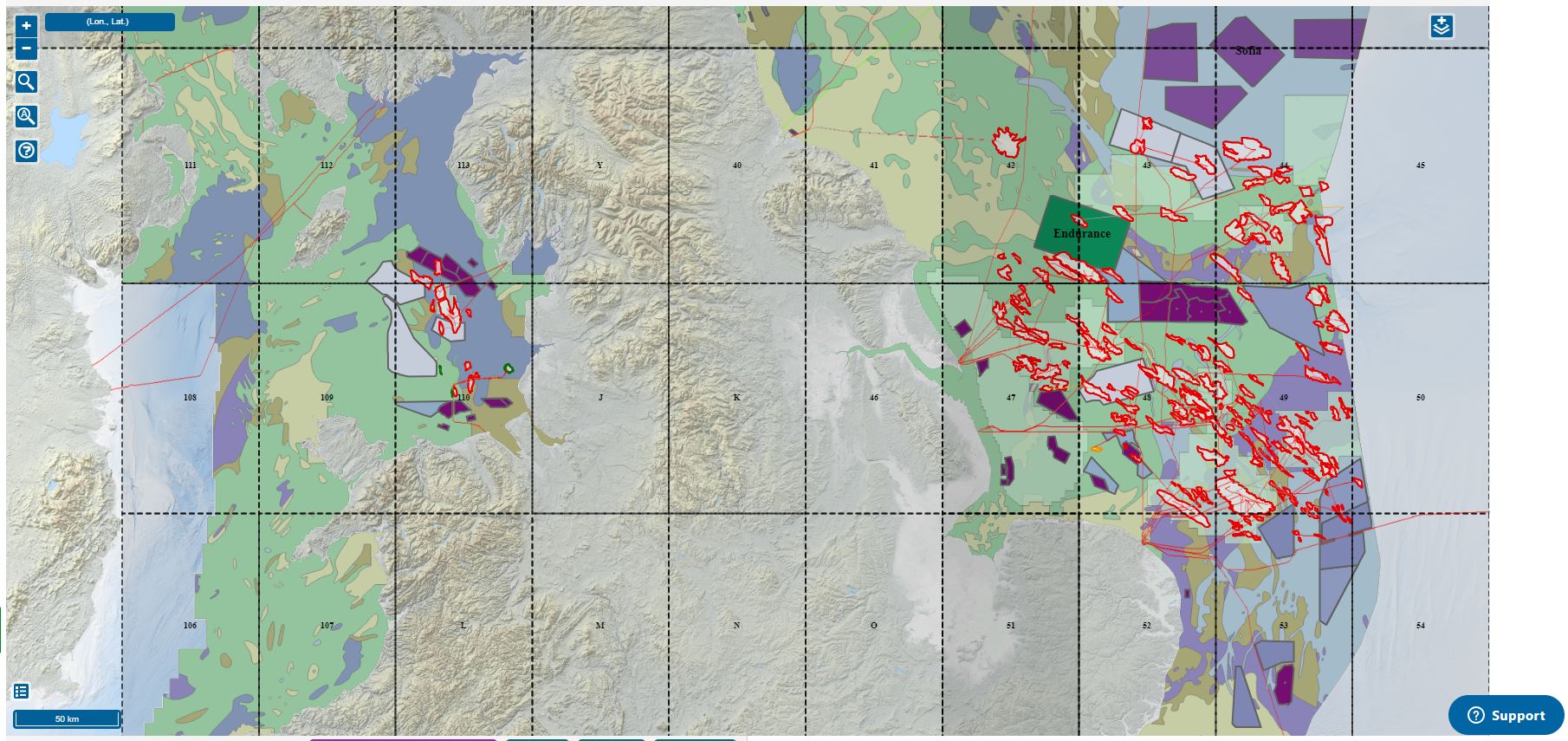
Osokey, founded in 2016, has progressed rapidly with its innovative approach to cloud-based subsurface data management. Joseph Nicholson, Osokey’s chief operating officer, has always viewed an NDR as an ideal use of its technology: “It is a perfect fit – the presentation of complex and varied data to a wide, multi-sector audience. We continually focus Osokey’s technology upon easy access to subsurface data – anytime, anywhere. It is extremely rewarding to see previously inaccessible data being analysed for new-use cases, at a fraction of traditional cost models.
“Two years in, the NDR is a vastly bigger data resource with broad-based user interest. It is already bringing valuable insight to new UKCS opportunities. For example, at the start of the 33rd Offshore Licensing Round, 70Tb of data were downloaded and re-used to aid decision making by users.”
How have users reacted to this new resource? One little-known aspect of Moveout’s role is the operation of the NDR Support Desk. Moveout’s Mat Kelley says that while initially some users found the new environment strange, most have quickly adjusted. “While we do still get regular queries, they tend to be about more advanced features, extending their existing knowledge. There have certainly been questions which have driven change in the way the NDR works – this is new territory, so all constructive conversations are welcome. But wherever possible, Osokey’s speed of response when implementing user feedback has been truly impressive.”
One early beneficiary of the NDR is Rockwave, a seismic data processing specialist involved in a wide range of energy projects, including for offshore wind. Matt Swan, Rockwave’s managing director, told us that access to the NDR has provided a vital tool. “The NDR has allowed us to access existing seismic survey data, initially acquired for the oil & gas industry, and re-purpose it to optimise the near surface. This provides valuable subsurface information, providing our clients with enhanced understanding of their site early in the scoping or application phases and prior to the acquisition of UHRS data.”
After two years of development and ongoing data upload and download, Andy Thompson is very happy with the NDR’s progress. “From an initial 15Tb, there is now over 600Tb of seismic and well data loaded to the NDR. Licensees have uploaded over 135Tb themselves in the first half of this year alone. Alternatively, Moveout has the capability to quickly and efficiently assist users, such as successfully nav merging legacy 3D field data from the NDR’s offline archive for the NSTA.
“Our decision to partner with Osokey and Moveout has resulted in fast development and high-quality data, presented in a cogent visual environment. The acid test will be the collaboration which this enables, and the results to come from that. Early indications are that this will be a very valuable asset for the UK energy industry for decades to come – which is exactly what we planned.”

